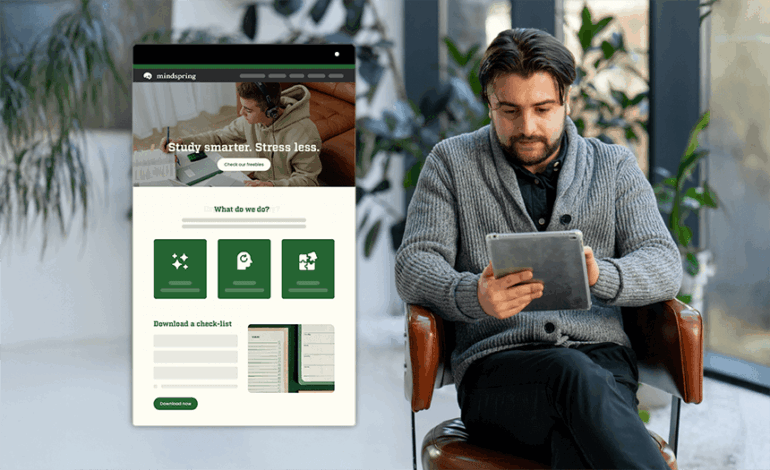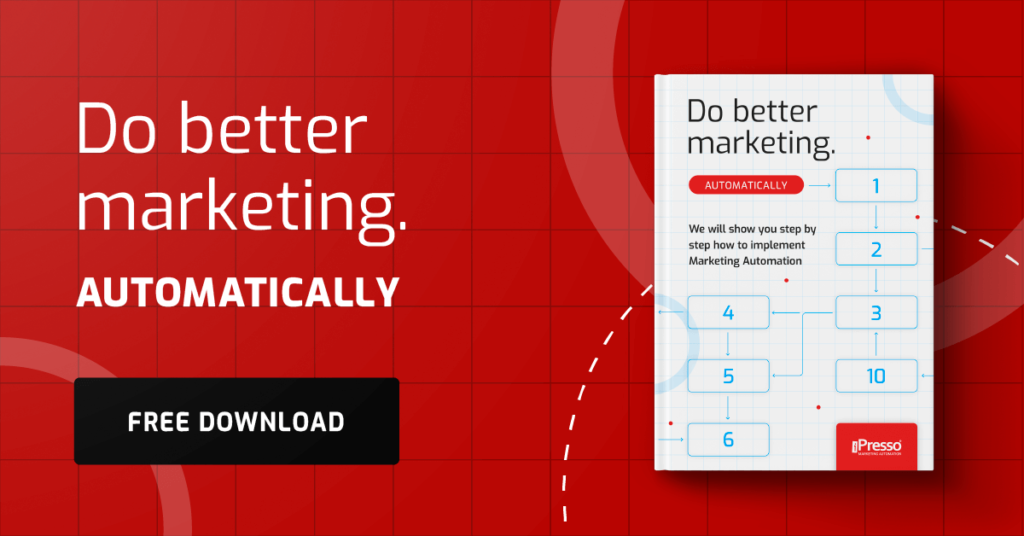Marketing GPS: How Dynamic Live Segments Allow Real-Time Customer Reaction

Is your marketing still operating on yesterday’s data? When customer attention is measured in seconds, static segmentation ceases to be effective. Discover how dynamic live segments, working in a fraction of a second, turn a hesitant customer into a buyer and why they are becoming the new standard in the fight for conversion and profit maximization.
Between a Static Photograph and a Dynamic Live Stream
In a world where customer attention is the most valuable currency, every second counts. Traditional customer segmentation, based on data from yesterday, last week, or last month, is like a photograph. It shows who the customer was, but it fails to capture who they are right now and what they are doing.
But imagine that instead of a photograph, we have a live video stream. We see every customer move, every click, every hesitation, and we can react before a precious second passes. This ability to react instantly is the key to dynamic live segments, which provide a true advantage: the power to act in real-time.
What are Dynamic Live Segments?
Dynamic live segments are intelligent customer groups that are not rigidly assigned once and for all, but rather automatically and instantly updated based on their current behavior.
This is not simple data filtering. It is a sophisticated system of rules (e.g., “Customer who spent 30 seconds on page A and watched 2 videos B”) that allows a customer to enter or leave a segment in a fraction of a second after performing a specific action. These are segments that reflect the user’s current level of interest.
How Does This Work in Practice?
The power of dynamic segmentation is revealed in a customer reaction that is almost as fast as their action. Here’s how the Marketing GPS leads us to the goal in key industries:
- E-commerce: “The Hesitant Shopper”
Customer Action: Within 5 minutes, the customer views a third product in the “dresses” category but doesn’t add any to the cart.
System Reaction: The customer is automatically placed into the “Hotly Interested in Dresses” segment.
Automatic Marketing Action (in 1 second): A dedicated banner appears on the page: “We see you’re looking for the perfect dress! Here’s a -15% code for this category, valid for one hour only.”
Effect: Immediate removal of the price barrier at the peak moment of interest, maximizing the chance of conversion.
- B2B: “The Hot Lead”
Customer Action: Enters the “Pricing” or “Implementations” page and spends more than 60 seconds there.
System Reaction: The customer is immediately added to the “Ready to Buy – High Priority” segment.
Automatic Marketing Action: The system sends an alert to an internal messenger (e.g., Slack) to the salesperson: “John Smith from Company X is currently viewing the pricing. This is a hot lead. Call him within 5 minutes!”
Effect: Shortening the sales cycle by contacting the customer exactly when they are most receptive to a conversation.
- Finance: “Churn Risk”
Customer Action: Logs into the banking application, but for the third time this month, performs no transaction or only checks the account balance.
System Reaction: The customer is placed in the “Inactive Users – Churn Risk” segment.
Automatic Marketing Action: The system sends a personalized push notification: “Hey, Anna! Check out the new savings features we’ve prepared for you; see how easy it is to manage your budget.”
Effect: Proactive fight against churn by delivering value before the customer decides to leave.
Why is This a Game-Changer?
Dynamic live segments are not just elegant technology – they are a revolution in marketing effectiveness that ensures:
- Perfect Timing: The message reaches the customer exactly when they need it. Instead of sending a dress promotion on Monday, you send it on Thursday at 8:15 PM when the customer is browsing your site.
- Hyper-Personalization: We react to current, not historical interests. It doesn’t matter what the customer bought a year ago; what they are looking at now is what counts.
- Conversion Maximization: We don’t allow a “hot” customer to “cool down.” An instant reaction with a banner, discount code, or a salesperson alert turns hesitation into a purchase.
Summary
Marketing based on historical data is a thing of the past. In a world where every customer decision is measurable and their buying journey is fluid, we cannot rely on yesterday’s data.
The future belongs to real-time reaction. Dynamic live segments are the key to this future, acting like a Marketing GPS that not only knows where you are but also predicts where you are headed and guides you to your destination via the shortest route.



